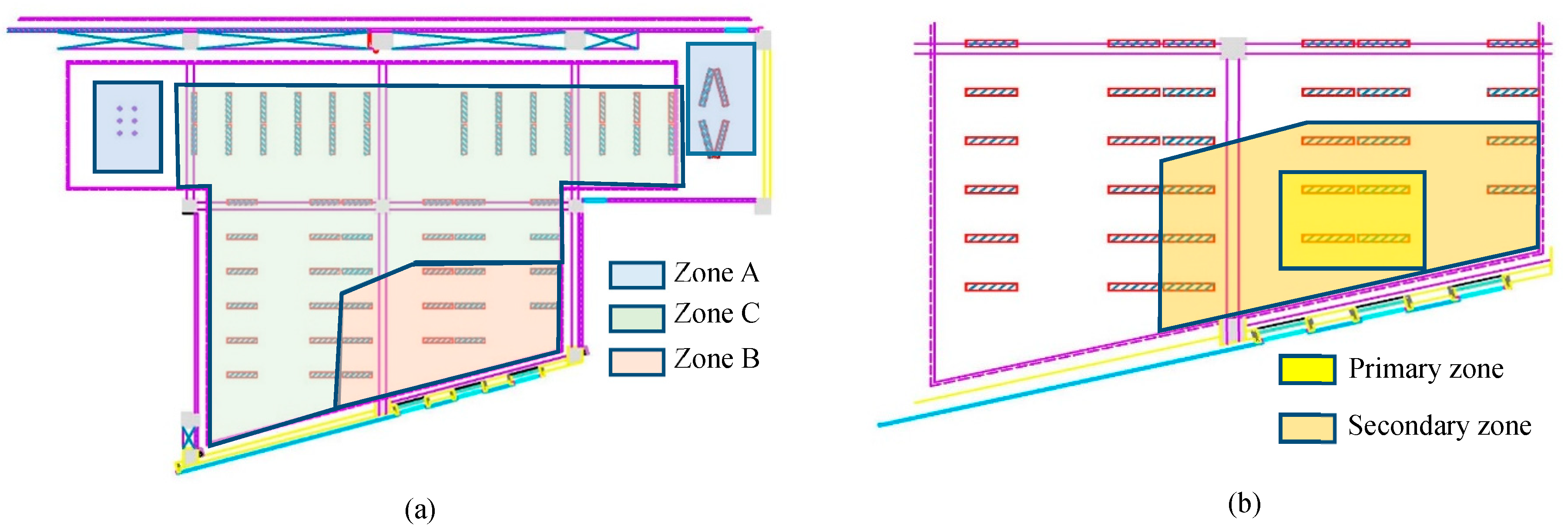Smart Street Lighting System using Arduino Circuit Diagram This innovative solution uses motion sensors and microcontrollers to create intelligent lighting systems that enhance safety and save energy. By automatically adjusting brightness based on pedestrian and vehicle detection, these systems offer real-time monitoring and smart management of street illumination. Integrate solar panels to supplement the charging system. Use a more efficient motion sensor to detect smaller movements. Implement IoT connectivity to monitor and control the street light remotely. Conclusion. The Smart Street Light System Project is a shining example of how technology and sustainability can work hand-in-hand. By combining

The Smart Street Light System project, utilizing Arduino and a PIR sensor, improves energy efficiency by automating lighting through motion detection. Traditional setups often waste energy as lights stay on in empty spaces. This project tackles the problem by integrating a Passive Infrared (PIR) sensor, capable of detecting human motion, with

Smart Streetlight System with Arduino and PZT Transducers Circuit Diagram
The proposed system consists of Atmega8 microcontroller, LDR, PIR sensor and RTC. This system controls the street lights using light dependent resistor and PIR sensor. Street lights are switched on depending on the intensity of the Sun light on LDR. If the intensity of Sunlight on light dependent resistor is low, its resistance value is high.

But in the case of a smart street lights system, it will glow with high intensity if there are vehicles or human movement on the road otherwise the lights will remain dim. Another advantage of this system is, street lights will automatically turn on in the evening, and turn on automatically at day time (presence of sunlight).

How to Build an Automatic Street Light Project with Motion Sensors [PDF ... Circuit Diagram
In this project we are demonstrating the prototype of the Smart Street Light with 3 IR sensors, 1 LDR sensor and 3 LEDs - each representing one street light. It includes firmware which runs on the low cost Wi-Fi enabled ESP8266 Wi-Fi SoC from Espressif Systems, and hardware which is based on the ESP-12 module. It has GPIO, SPI, I2C, ADC
